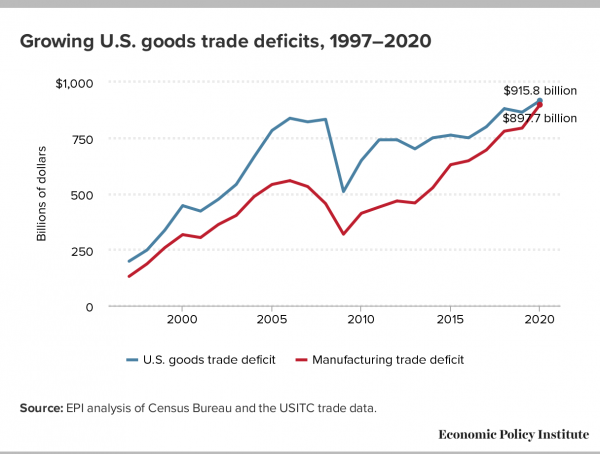http://feedproxy.google.com/~r/espeak/~3/zNgSFW1gOCw/is-bitcoin-really-real-money.html
The movement to make Bitcoin into a de facto form of money has taken a step forward when Elon Musk declared that he would be purchasing over a billion btc. Some are claiming that Musk did this to pump up an alternative asset because Tesla stock is overpriced and may fall hard soon. But who knows? Anyway, although btc fell today, it has reached dramatic new highs well over $40,000, with various people calling for it to go to $100,000. Many respectable financial advisers seem to be changing their tune, shifting to maybe one should hold a percent or two of btc along with gold in the non-income-earning part of their portfolios. Gold has remained flat just above $1800, and btc is the "new gold. But is it (or any other cryptocurrency) really real money? That is the ontological question of money.
So what is the ontological nature of money? We know there are debates over which of the standard textbook functions is the most important, with use as a means of exchange, a unit of account, and a store of value the standard list. Some emphasize one over another. MMT advocates emphasize the unit of account function, especially when that unit of account is used to pay taxes. In that view this is the ontological foundation is the declaration by a government that something must be used to pay taxes, with this also resolving the epistemological issue assuming the government has sufficient existing credibility and communications skills as well as enforcement capability to enforce making its citizens actually pay their taxes using the established form of money.
As of now no government mandates taxes be paid in btc, any more than that former official form of money, gold, is so mandated. We do see gold being held in large amounts by many central banks, with them even occasionally using it to make transfers between each other (and XRP is used by many commercial banks to carry out interbank transactions), but nobody uses any cryptocurrency or gold to pay taxes. Currently taxes are all paid in pure fiat currencies backed only by the word of the governments involved.
Among non-MMT economists many probably think the most important role of money is the main medium of exchange. Again, gold is not so used, and even when it was an official money, it was only infrequently used in actual transactions because it has always been scarce and highly valuable. It was only used for high value exchanges. Bitcoin was initially set up to be a widely used medium of exchange, and gradually more and more entities will accept payments in bitcoin, and some will accept a few other cryptocurrencies. However, apparently it is rarely used for these established venues. By most accounts its main use as a medium of exchange is by criminals attempting to hide their activities. This could change, and maybe Elon Musk's move will push it over into wider use. But it has not happened yet.
As it is the ontological reality of a medium of exchange is ultimately subjective. It does not matter what a money is "backed by" (and btc is not backed by anything, even a government, while gold is supposedly what some monies were backed by in the past). In fact the ontological reality is that a medium of exchange exists as a self-fulfilling prophecy: people accept it because they believe others will accept it. If they all believe it, it is real. The epistemological problem is solved when people find that they can use it. For btc, maybe people believe it, but it still does not get used much.
Of course this self-fulfilling prophetic aspect of money is the key to the literature dating to Allais and Samuelson using overlapping generations models that show how a fiat currency with zero "fundamental value" (defined by the value of what it is backed by) can have a stationary positive value that persists. It is a stationary bubble that is rational because of the overlapping generations, so there is never a need to have it get converted into its fundamental in the lifetime of anybody. The bubble can just be passed on to the next generation of sucker believers, who are in fact not suckers because they can get to pass it on themselves. Nobody ever has to "face the music."
Actually this matter of being a self-fulfilling prophecy applies even to the unit of account/usable to pay taxes also ultimately depends on such subjective prophecies. These do not seem like this because governments may be able to have armed police come to arrest you if you do not pay. But their willingness to do that depends also on the broader public accepting that the government in question has legitimacy and exists. If people stop believing in the government, it ceases to exist, and its money becomes valueless, see the former Confederate States of America, whose money does have value as a collectible, but cannot be used to pay taxes or pay for groceries.
Of course the matter of being a store of value is a function that pretty much any asset can play, land, bonds, famous paintings, etc. No doubt this function is now being performed by btc and gold. But in the case of cryptocurrencies there is a problem that is the high volatility that they have been experiencing. That there has been a lot of increases in them, especially btc. But we have also seen rounds of collapse. There is all sorts of excitement by many for btc, with Musk's call further encouraging this. But it remains the case that these do not have the stability of other things, even gold. If it crashes like Gamestop, Elon Musk will not step in to save it, although the Bank of China might step in if gold were to fall below $1000/oz as some claim is something the bank would, although that has never been promised.
In short, the ontological reality of any form of money is actually a social reality, a matter of people believing that other people believe something, rather like the famous beauty contest of Keynes. This makes the epistemological question being a matter of ascertaining what those beliefs are and how solidly people believe them. Bitcoin may have become somewhat more real as a possible quasi-money, but for now it remains mostly an asset but not a full form of money.
-- via my feedly newsfeed







